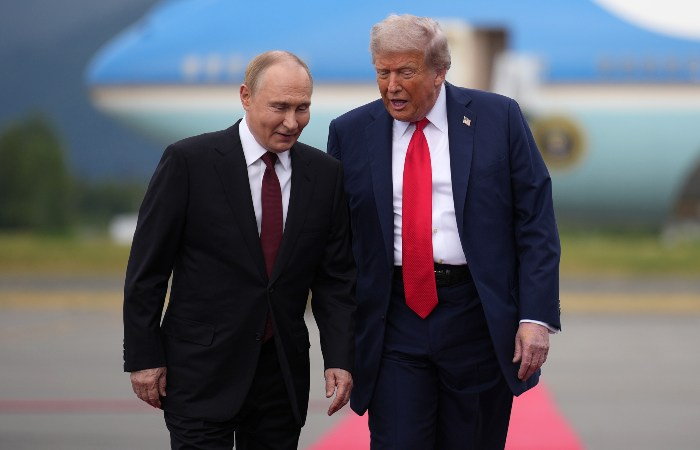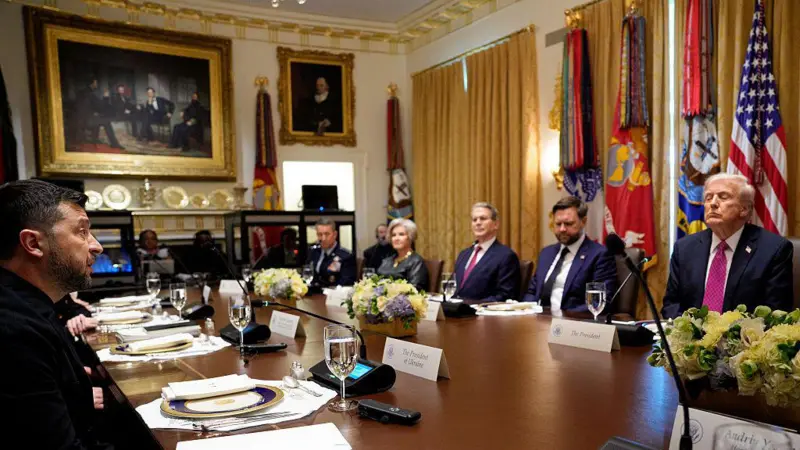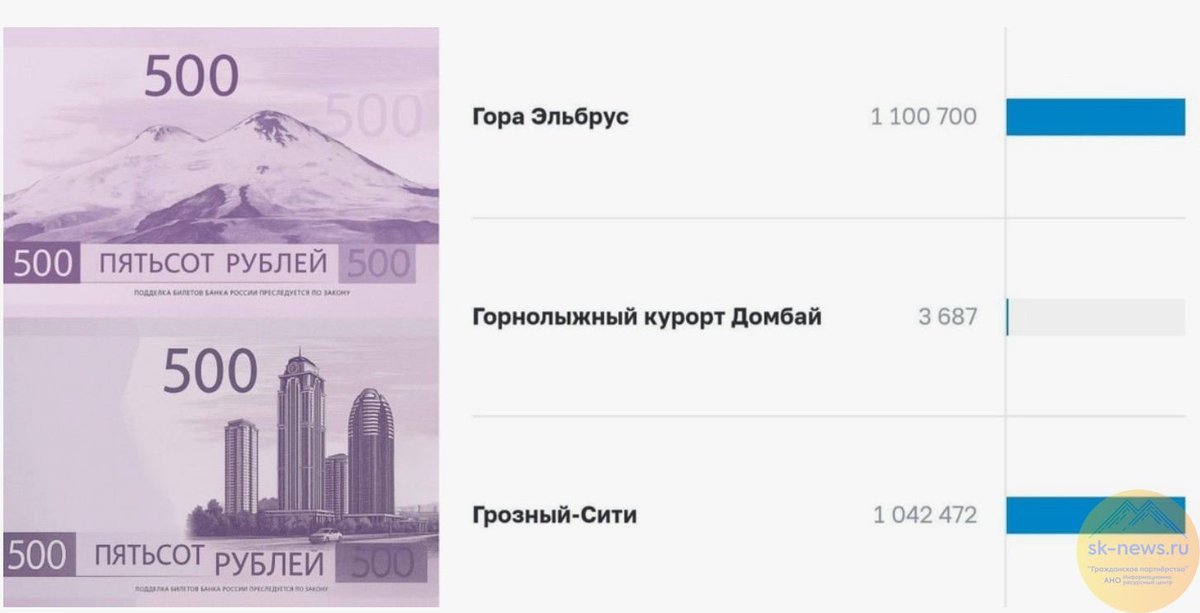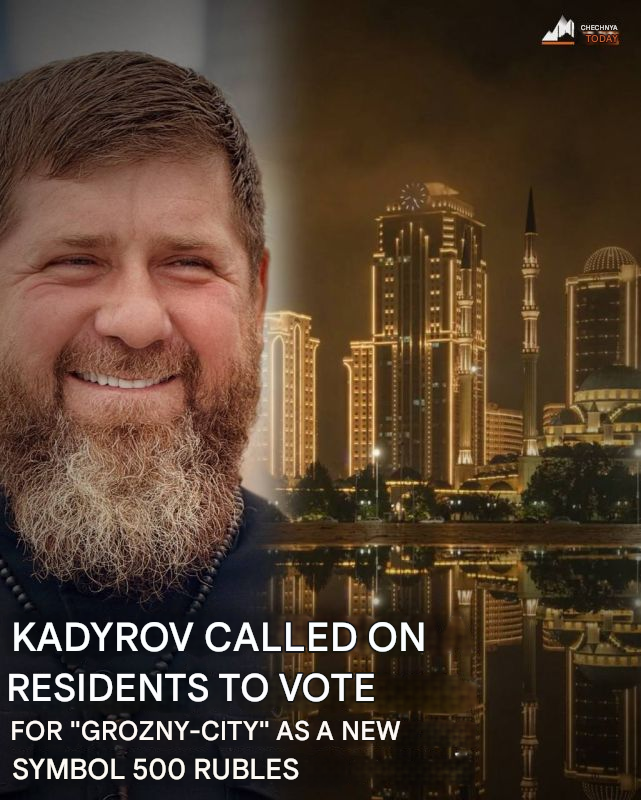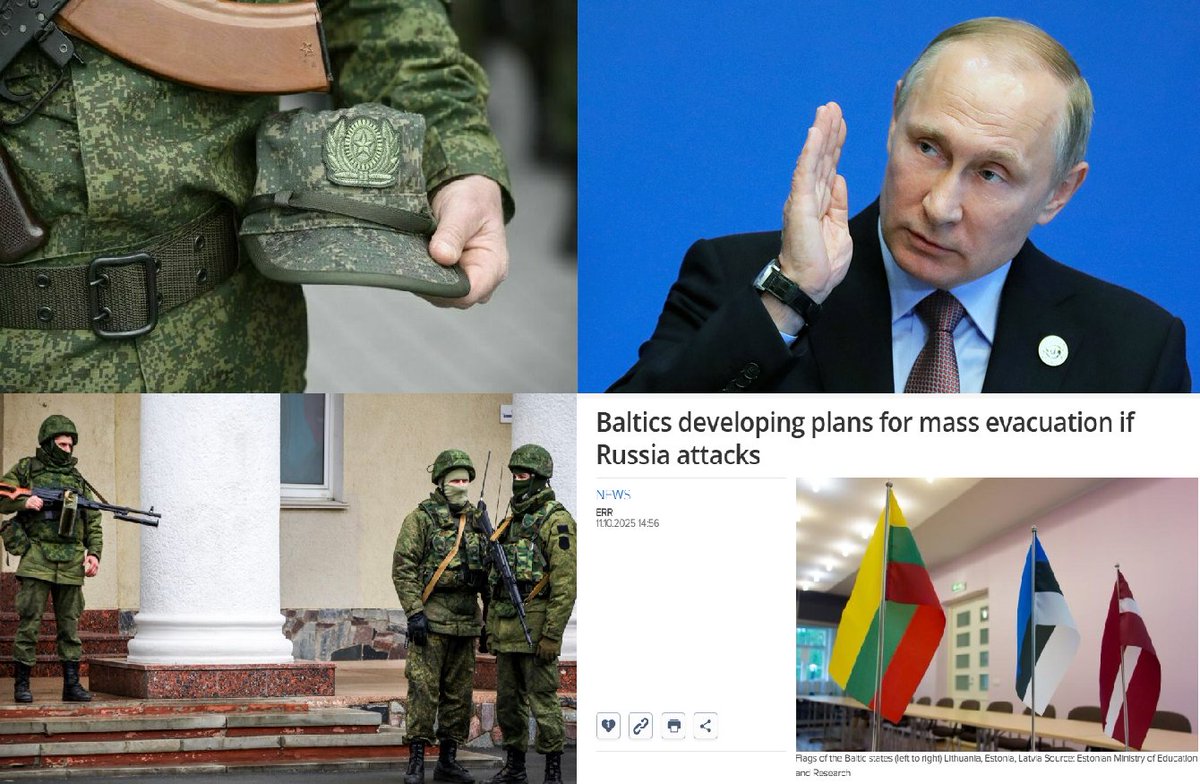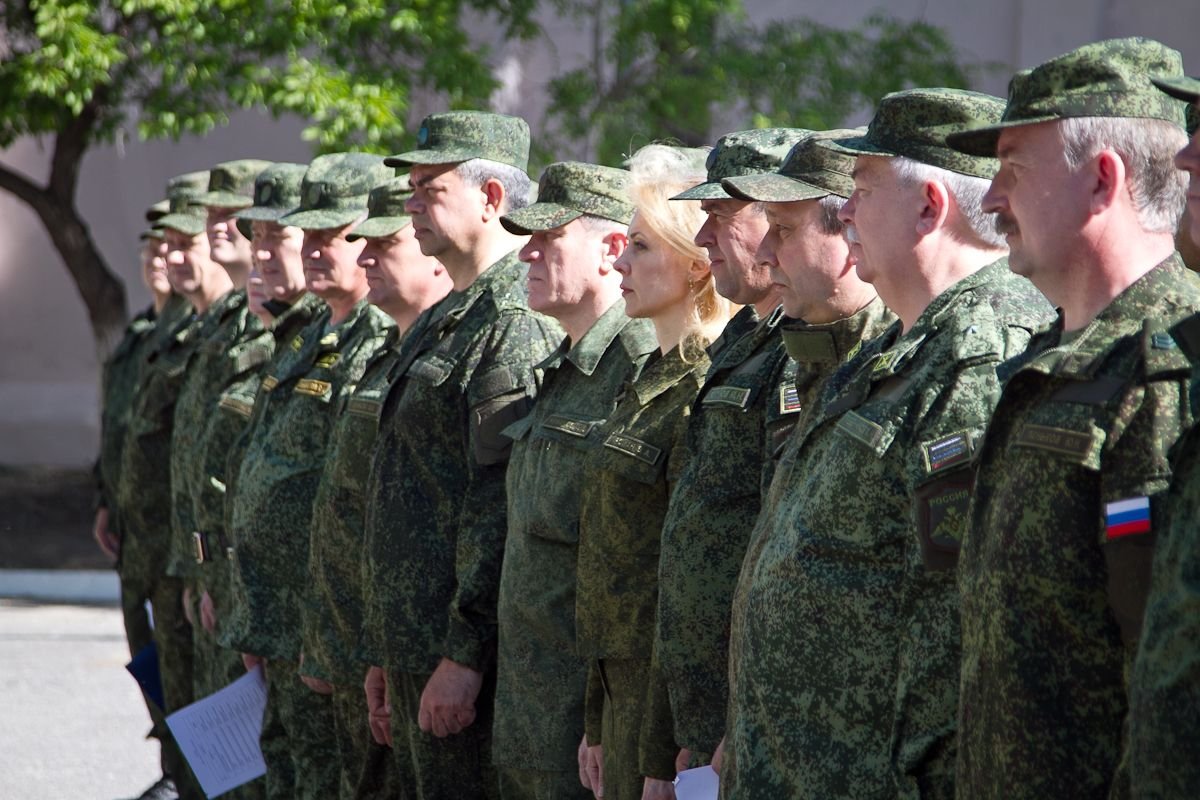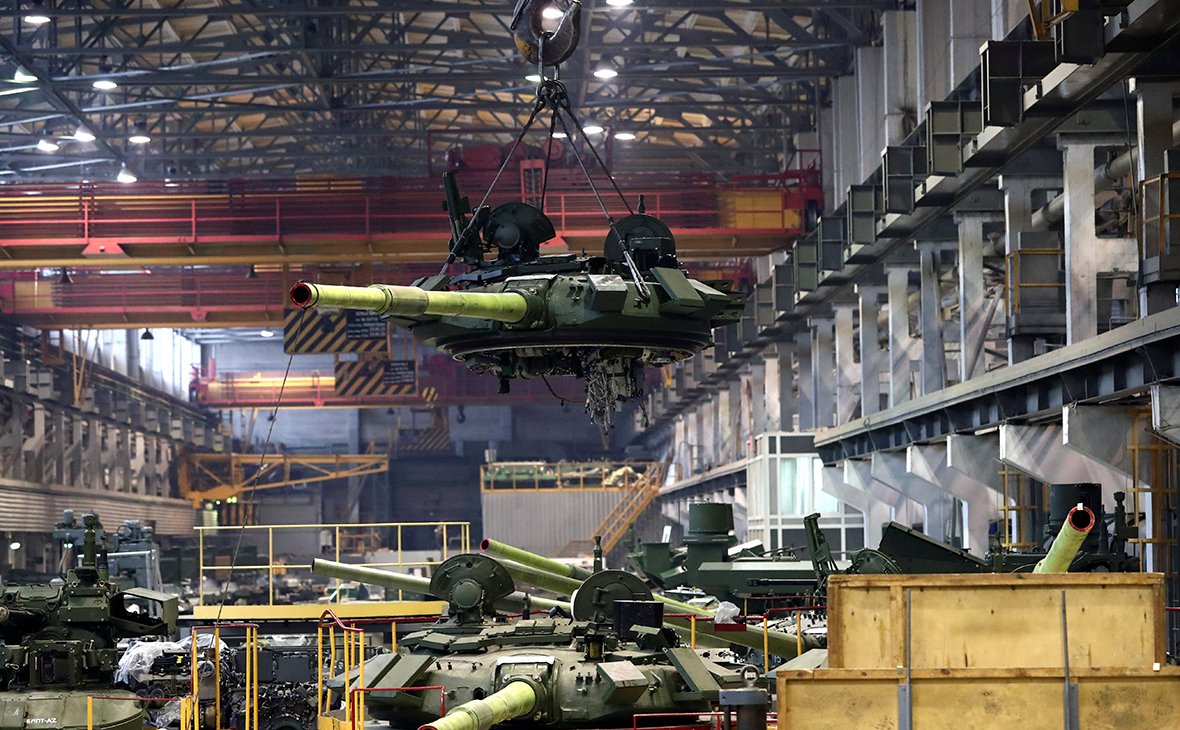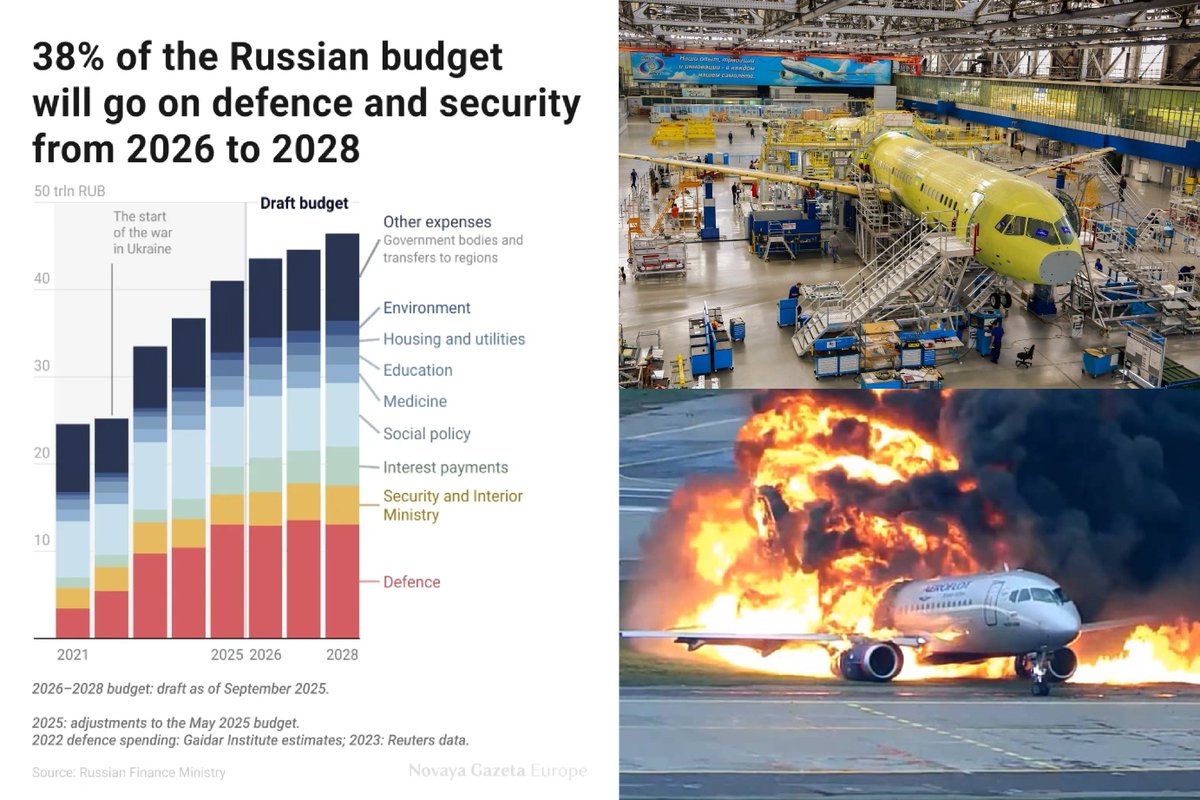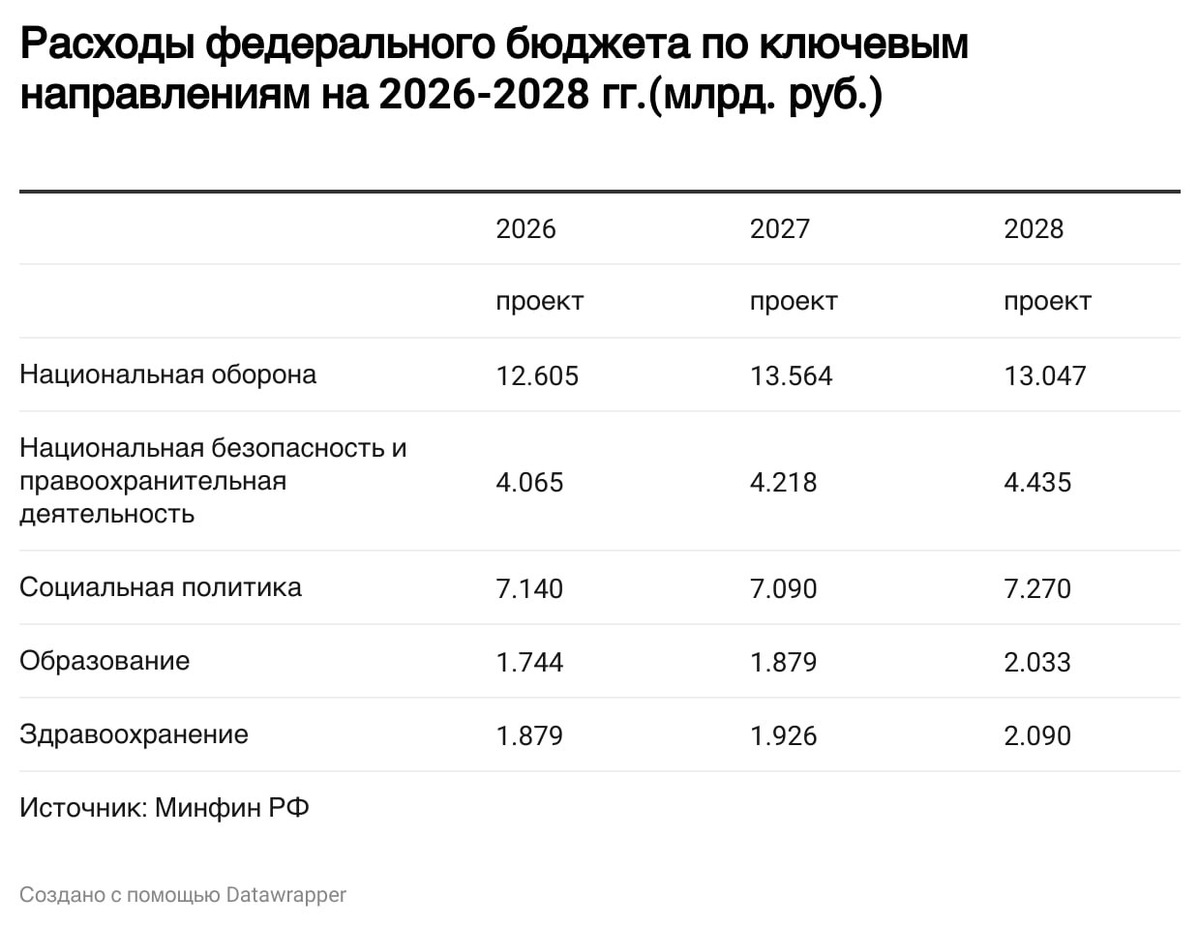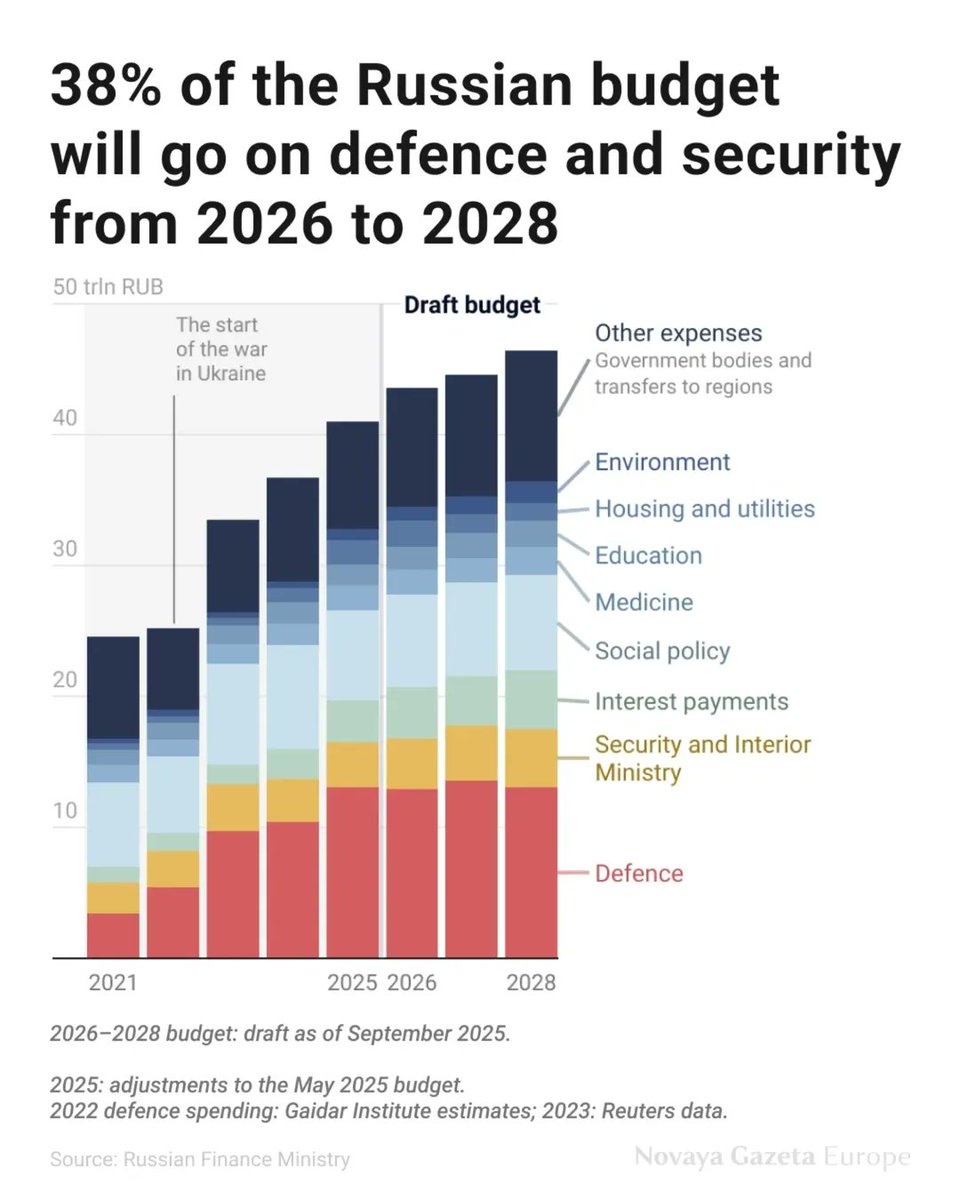1/10 What Putin won't tell you: russia is in much deeper trouble than it seems. Analysis by @joni_askola 
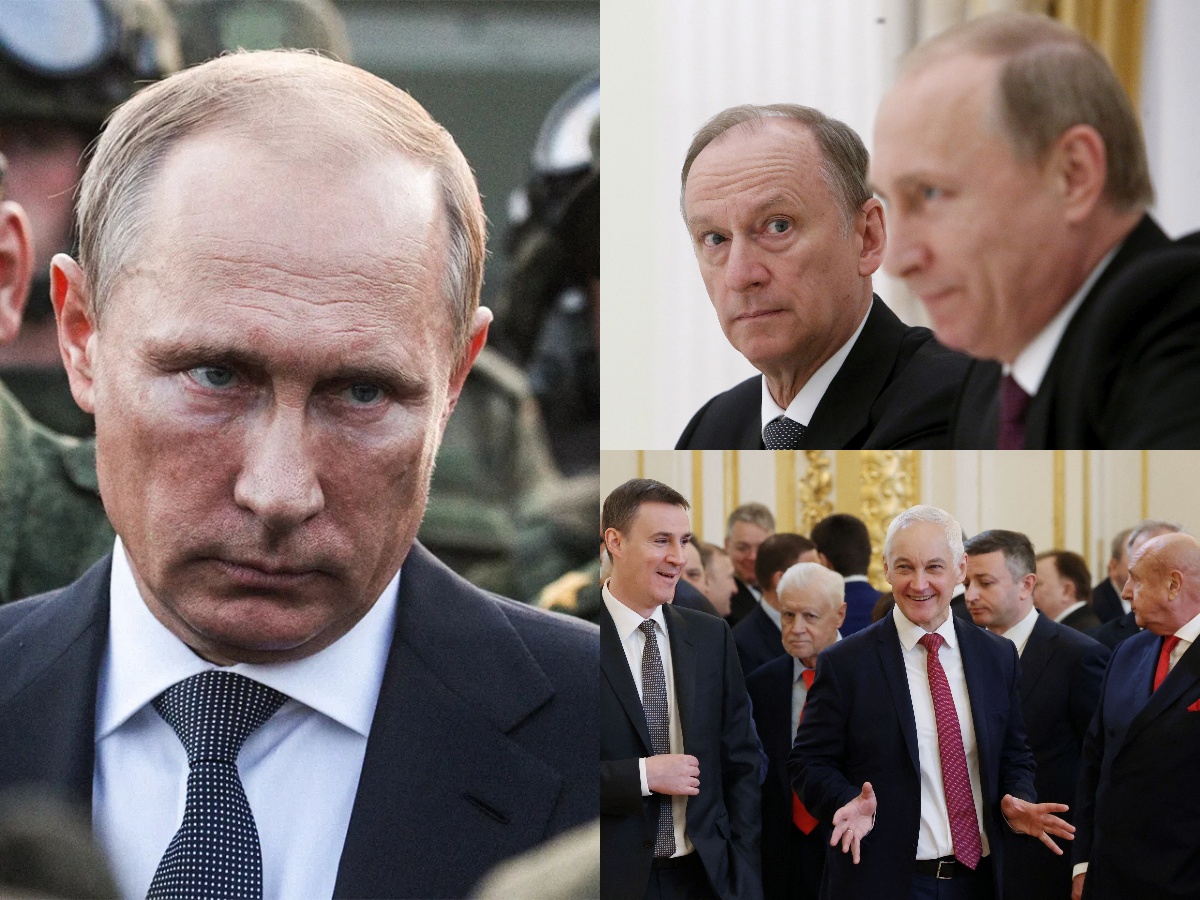
2/10 Belousov's appointment, the ongoing purge in the MoD, and the multi-directional offensive all indicate that russia recognizes the urgency of the situation it is facing. The clock is ticking and Putin knows it. 

3/10 Following Shoigu's dismissal and Belousov's appointment, a purge is underway in the russian MoD. This purge began several weeks ago with Ivanov's arrest, and in the last few days, many individuals have been dismissed or even arrested. 
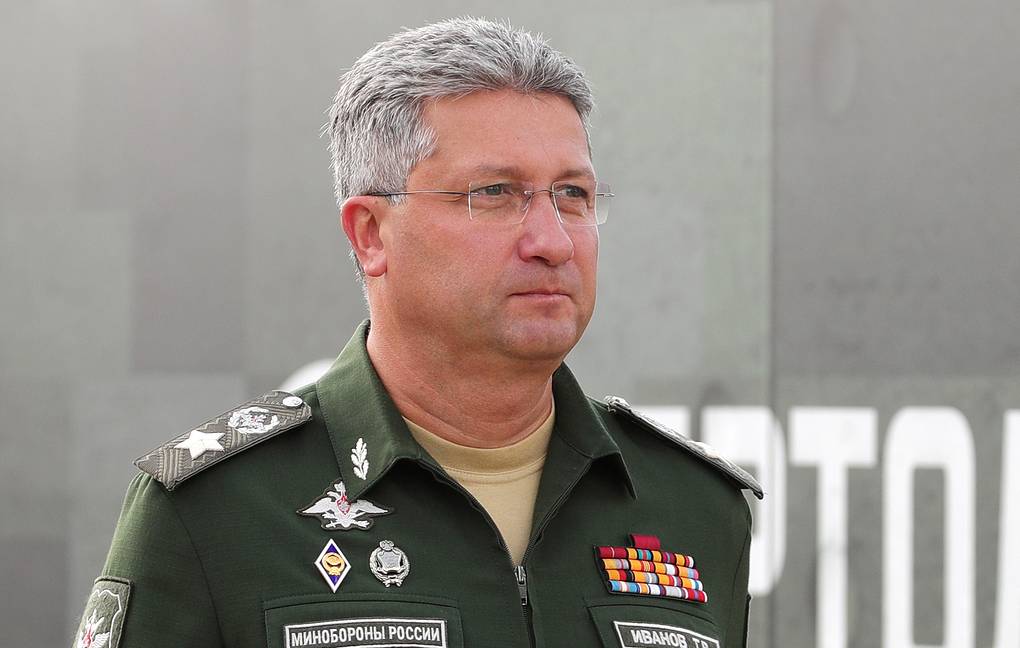
4/10 Belousov's appointment highlights the finite nature of russia's resources. As an economist and auditor, his objective is to enhance the efficiency of russia's MoD and defense industries. The necessity for such measures implies that russia's resources are not abundant. 
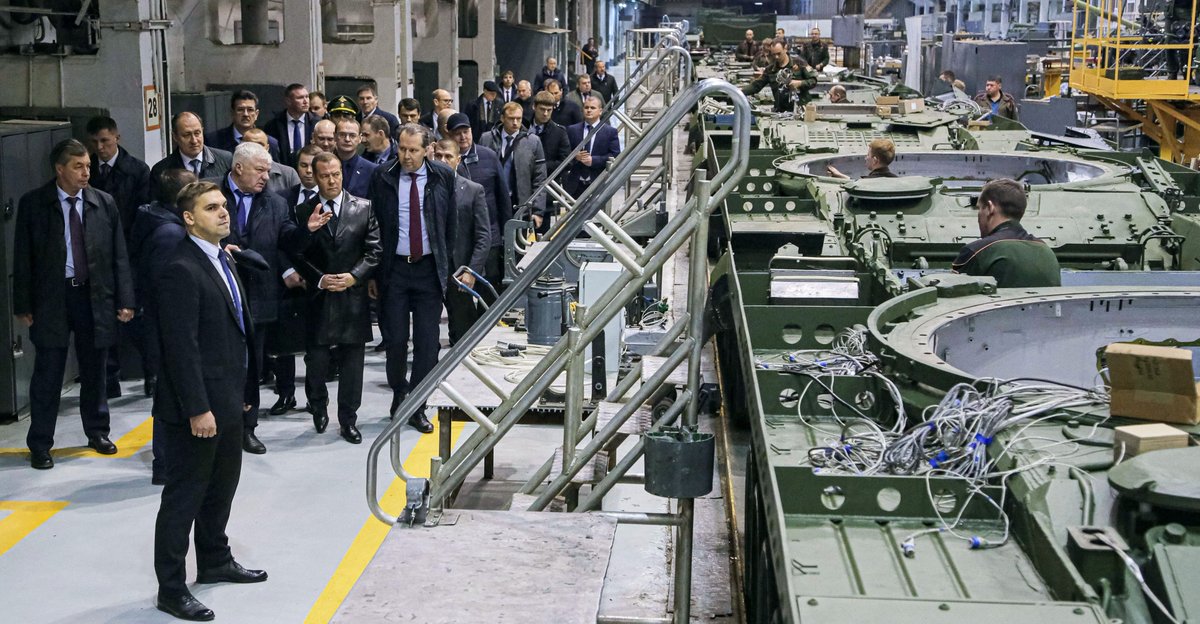
5/10 Shoigu, a long-serving minister since 1991 and a close ally of Putin, would not be dismissed without valid cause. In this instance, russia's recognition of the inefficiency within its MoD serves as the underlying reason for his dismissal. 
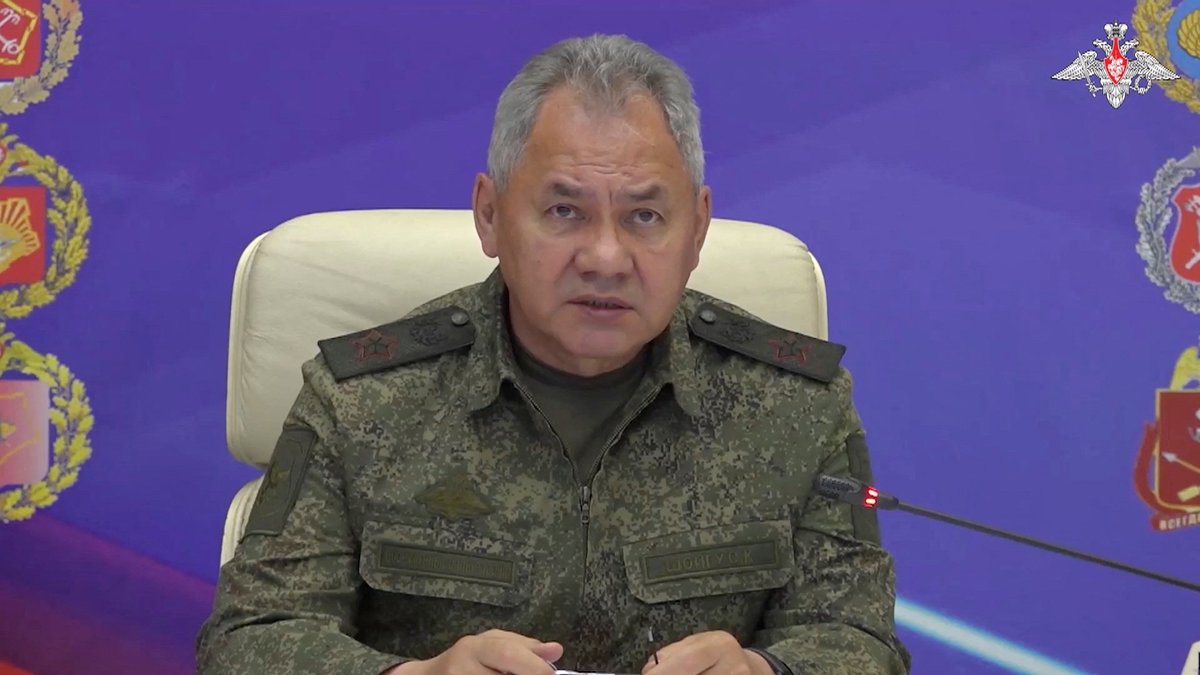
6/10 However, appointing Belousov may be a misstep for russia, as noted by @iljaandreev. Shoigu, despite being corrupt and disregarding efficiency, was able to make swift and resource-intensive moves that contributed to russia's few strengths in this conflict. 
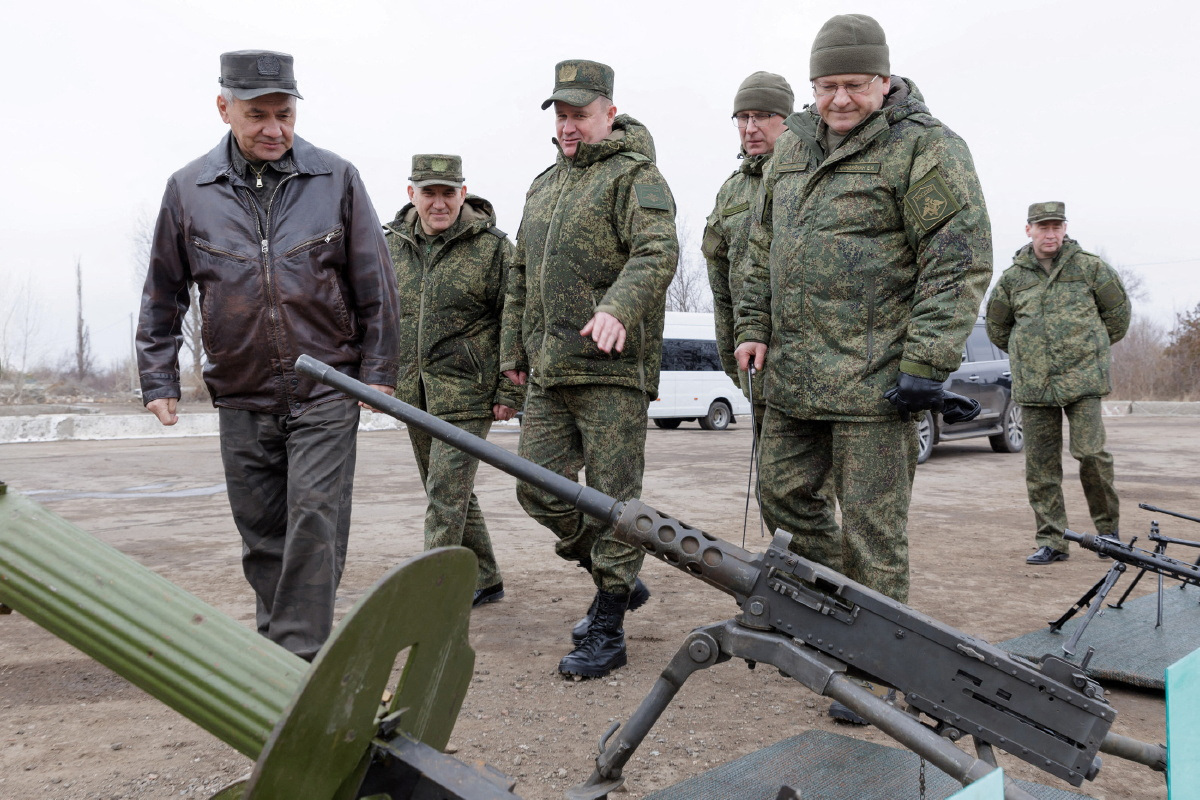
7/10 Belousov's appointment could lead to long-term improvements in the MoD's efficiency and reduction in corruption. However, this may also result in internal conflicts and necessitate more bureaucracy, slower decision-making, and more careful spending to achieve these goals. 

8/10 Finally, russia's offensives from multiple directions indicate a sense of urgency, recognizing that time is running out. Ukraine is expected to mobilize and receive substantial aid by year's end, prompting russia to attempt to secure as much ground as possible before then. 
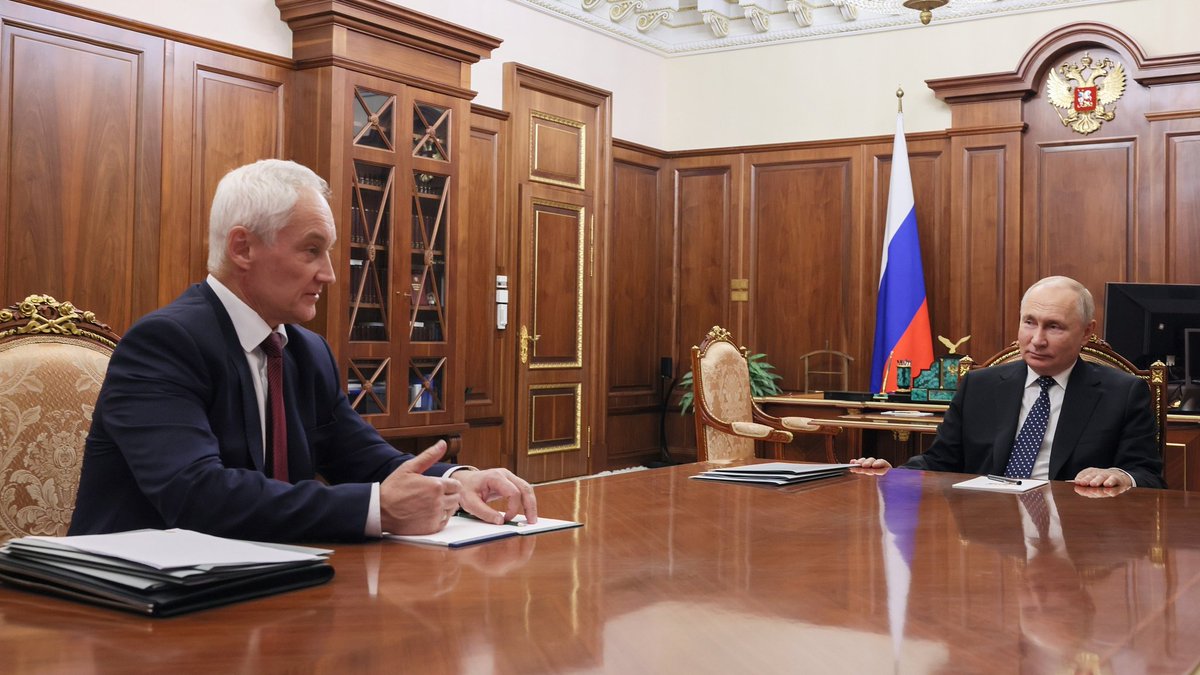
9/10 If Ukraine can endure without enduring substantial territorial and human losses, russia will find itself in an extremely difficult and unwinnable protracted conflict. These are the fundamental reasons for Putin's current pushes on the front and to reform the MoD. 

10/10 Sources:
ft.com/content/3d23f3…
https://twitter.com/IAPonomarenko/status/1789969708130656415
https://twitter.com/JimmySecUK/status/1789733103038034276
ft.com/content/3d23f3…
• • •
Missing some Tweet in this thread? You can try to
force a refresh



